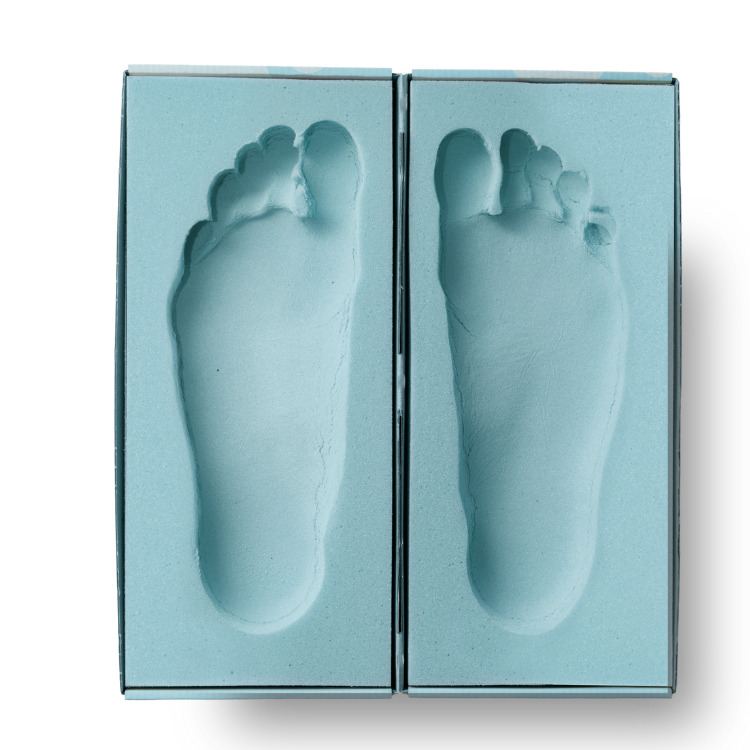5 Common Foot Problems in Seniors (and How to Prevent Them)
If you’ve noticed changes in your feet, or if discomfort is starting to limit your activity, here are five of the most common foot conditions I see in older patients—and what you can do to stay ahead of them.
As a podiatrist who sees many older adults in our Venice clinic, I can tell you that foot pain is not just “part of getting older.” While it’s true that our feet change with age, many of the most common foot problems in seniors can be treated—or even prevented—with proper care and attention.
1. Plantar Fasciitis
This is one of the leading causes of heel pain in adults. It happens when the band of tissue (called the plantar fascia) that supports the arch becomes inflamed. It’s especially common if you’ve spent years on your feet or wear shoes without enough support.
Prevention Tip: Wear shoes with firm arch support and avoid walking barefoot on hard surfaces. Stretching your calves and arches daily can also help reduce tension on the fascia1.
2. Arthritis in the Feet and Toes
Years of use can wear down cartilage in the joints, leading to stiffness, swelling, and pain—especially in the big toe and midfoot joints. Arthritis can make it harder to walk and balance.
Prevention Tip: Low-impact exercise like swimming or biking can help maintain joint flexibility. Wearing custom orthotics may also help reduce stress on arthritic joints2.
3. Corns, Calluses & Bunions
These are all related to pressure and friction over time—usually from shoes that don’t fit well. Bunions are joint deformities near the big toe, while corns and calluses are thickened skin areas that develop to protect the foot.
Prevention Tip: Choose well-fitting, supportive shoes with a roomy toe box. If you notice areas of pressure forming, see a podiatrist early to prevent worsening3.
4. Diabetic Foot Complications
Diabetes can reduce circulation and damage nerves, making it harder to feel injuries or detect infections. Even small wounds can turn into ulcers or serious infections if not treated promptly.
Prevention Tip: Perform daily foot checks to look for cuts, blisters, or changes in skin color. Moisturize dry areas, avoid barefoot walking, and schedule regular foot exams4.
5. Toenail Issues (Thickening, Fungus, Ingrown Nails)
Nail growth slows with age, and nails may thicken or become discolored. Fungal infections or improper nail trimming can lead to ingrown nails, which can be very painful.
Prevention Tip: Trim your nails straight across and don’t cut too short. Wear breathable shoes and socks, and if your nails become thick or discolored, schedule a visit for evaluation and treatment5.
Dr. Roggow’s Tip for Healthy Feet
Rotate your shoes! Wearing the same pair every day doesn’t allow them to fully dry or decompress. Rotating between two pairs of supportive shoes can help reduce moisture, odor, and uneven wear that leads to pain.
Final Thoughts
Your feet are the foundation of your mobility. Taking care of them now can help you stay active, independent, and pain-free well into your golden years. If you’re dealing with any of these common problems—or want to prevent them—I encourage you to schedule a new patient appointment.
Let’s keep you moving comfortably and confidently—one step at a time.
Sources
- Mayo Clinic. Plantar Fasciitis. https://www.mayoclinic.org/diseases-conditions/plantar-fasciitis ↩
- Arthritis Foundation. Foot and Ankle Arthritis. https://www.arthritis.org ↩
- American Podiatric Medical Association. Foot Health Facts. https://www.apma.org ↩
- CDC. Diabetes and Foot Care. https://www.cdc.gov/diabetes/library/features/healthy-feet.html ↩
- Cleveland Clinic. Toenail Problems. https://my.clevelandclinic.org/health/diseases/14848-toenail-problems ↩



